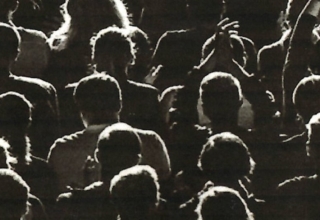
We can frame this important point by turning to an often-used metaphor. We can think of our outcomes as being like the target we focus on when shooting arrows or darts. The important point to make is that a target is not the bullseye. While a bullseye represents the center point of the intentional domain, the target represents the broader setting in which a number of different intentions can be identified. Some of these intentions reside very close to the bullseye – and might in fact reside inside the bullseye itself – being at the very heart of the matter.
Other intentions reside at some distance from the bullseye and are close to other intentions (complementing one another) or at opposites sides of the target (serving as opposing or even incompatible intentions). One of the falsehoods associated with many lies and sources of misinformation is that there is one intention and only one intention when exploring any problem or engaging in the formulation of any policy or plotting out any plan. It would be a strange (and quite challenging) target indeed if it was very small and consisted only of the bullseye.
As we have already noted, Daniel Kahneman and his two colleagues, Olivier Sibony and Cass Sustein (2021) write about the distinction between bias and noise. Let’s go a bit further than we did before into understanding this distinction. They begin with a story about assessing the success of someone shooting arrows into a target. One desirable outcome would be for all the arrows to hit the target in the same area. When this occurs, we can applaud the consistency of the archer. Another outcome would be for the arrows to arrive all over the target. Typically, we devalue this outcome. The archer has not been consistent in directing arrows toward the target.
Kahneman, Sibony and Sustein (2021) suggest that these assessments of success must be questioned. The first outcome indicates only that there is consistency—not that the arrows have arrived at or near the bullseye. The arrows could cluster at some point at quite a distance from the bullseye. This placement would reveal a BIAS. Conversely, arrows arriving at many places on the target reveal NOISE. Our authors suggest that these are quite different flaws in the performance of the archer—and that both Noise and Bias are to be found frequently in the judgements made by most of us. (Kahneman. Arrows clustering together or spread out.
Questions:
* How would you know if you have been successful in this endeavor?
* What would make you happy?
* Who else has an investment in this project and what do they want to happen?
* What would happen if you did not achieve this goal?
* What would happen if you did achieve this goal?
* What scares you most about not achieving this goal?
* What scares you most about achieving this goal?
Information [Current State]: This is where we are situated right now. This is the starting point that incorporates facts, opinions, and explanations about the current state. It contains predictions about change in the environment as perceived by the planners.















